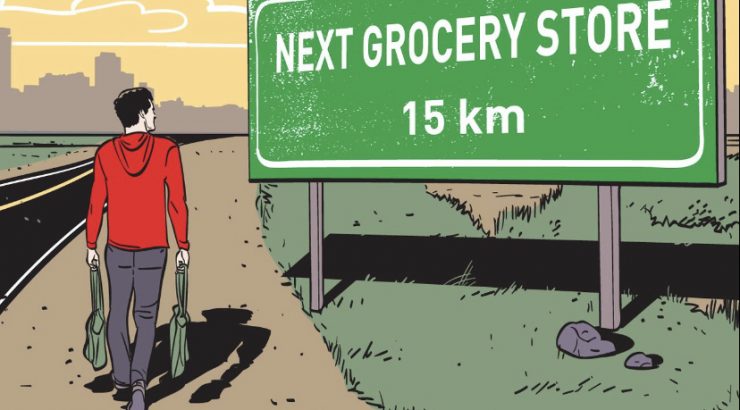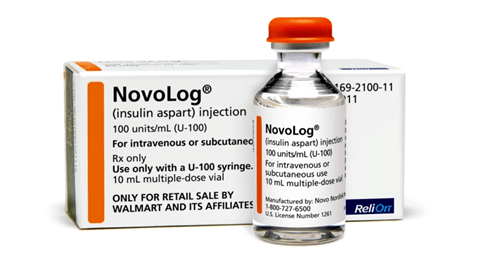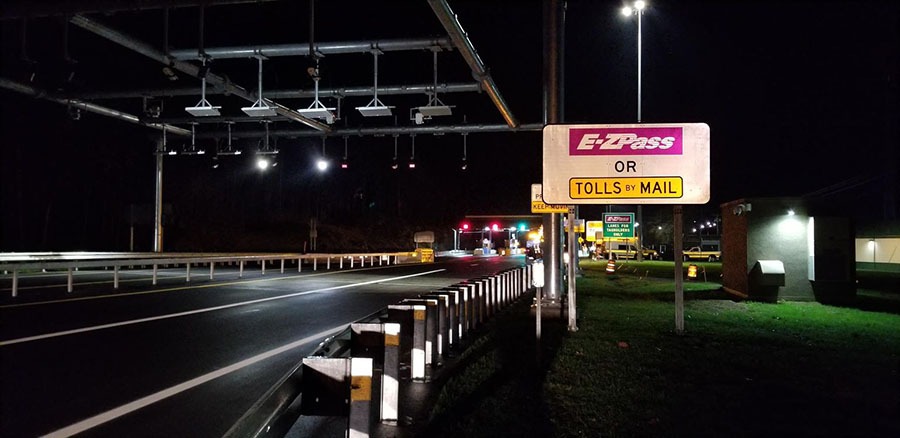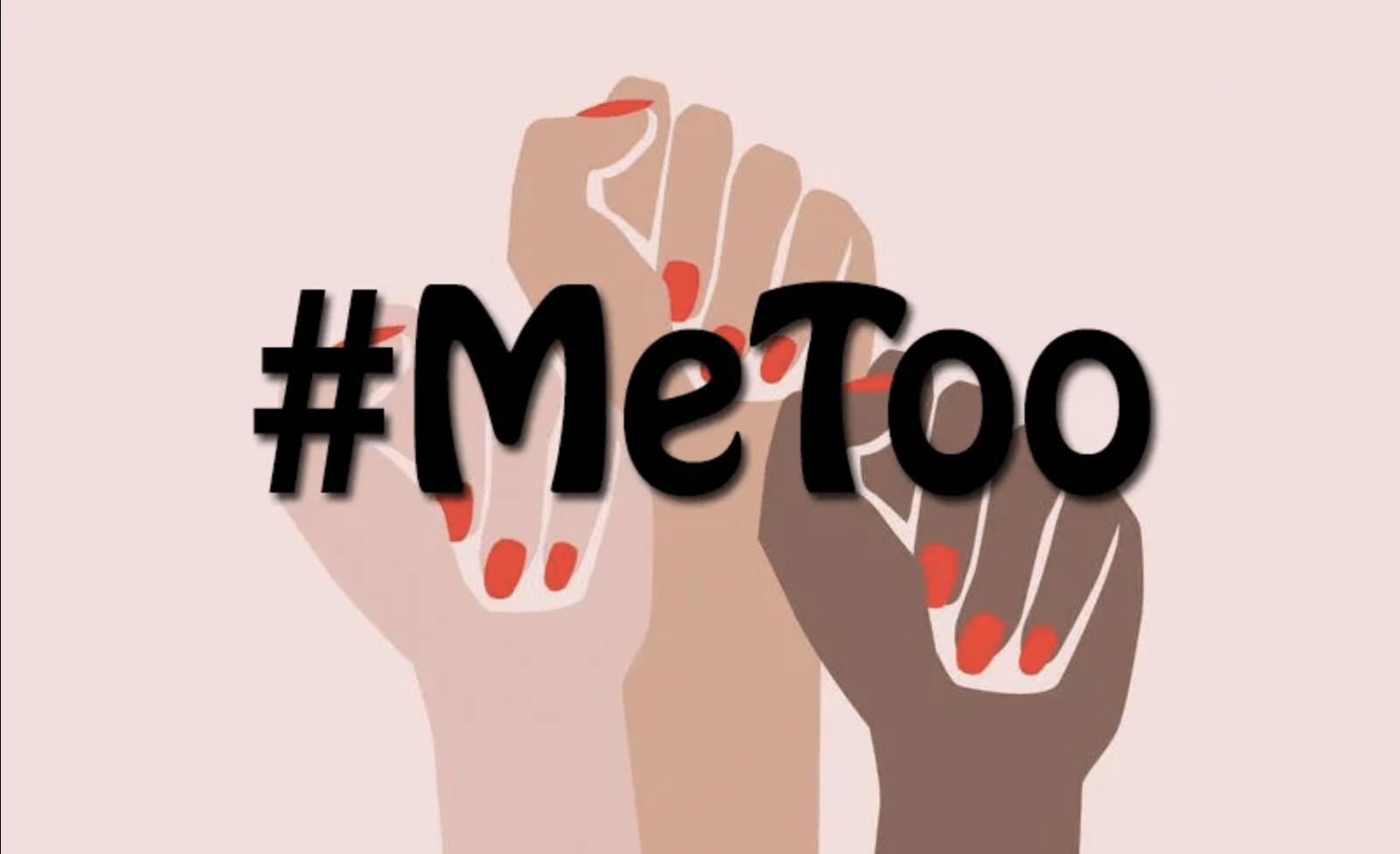

(Source) This article originally appeared in the New York Daily News on Apr 9, 2022. Since the fall of the Afghan government in August 2021, the United States’ treatment of our Afghan allies has fallen short of anything humane. Now, while the world’s attention justifiably turns to the devastation in Ukraine, the recent more favorable

(Source) According to the United States Department of Agriculture (USDA), 23.5 million Americans reside in food deserts. While the issue has received copious news coverage and widespread recognition in recent years, researchers and policymakers alike have yet to develop an adequate solution. Beyond the obvious issues posed by such a problem, food deserts are incontrovertible

(Source) The “Troubled Teen” Industry is composed of various Congregate Care Facilities or Congregate Care Programs (CCFs/CCPs) that claim to provide housing and treatment for teens displaying “troubled” behaviors such as addiction, eating disorders, low self-esteem, general disobedience, and at times even targeting sexual orientation and gender identity. These facilities are often privately run by

(Source) Over the last two decades, insulin prices have skyrocketed in the United States. Back in 1999, a single vial of Humalog cost $21. By 2019 the very same vial of Humalog costs $332. According to Vox, the average price for four of the most commonly used types of insulin has tripled. For the most

(Source) In 2020, New York made its entire tolling system cashless. Instead of paying cash at a toll booth, now drivers just have to drive under a gantry that automatically bills any car with an electronic tolling device, known as the E-ZPass tag. Drivers who pass through a gantry without an E-ZPass tag are billed under



